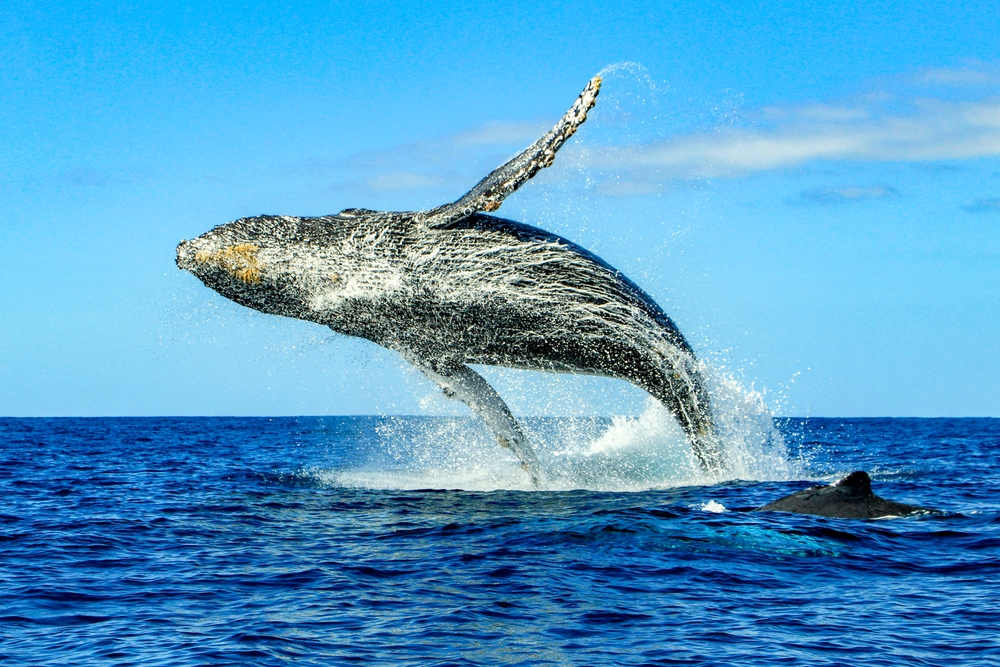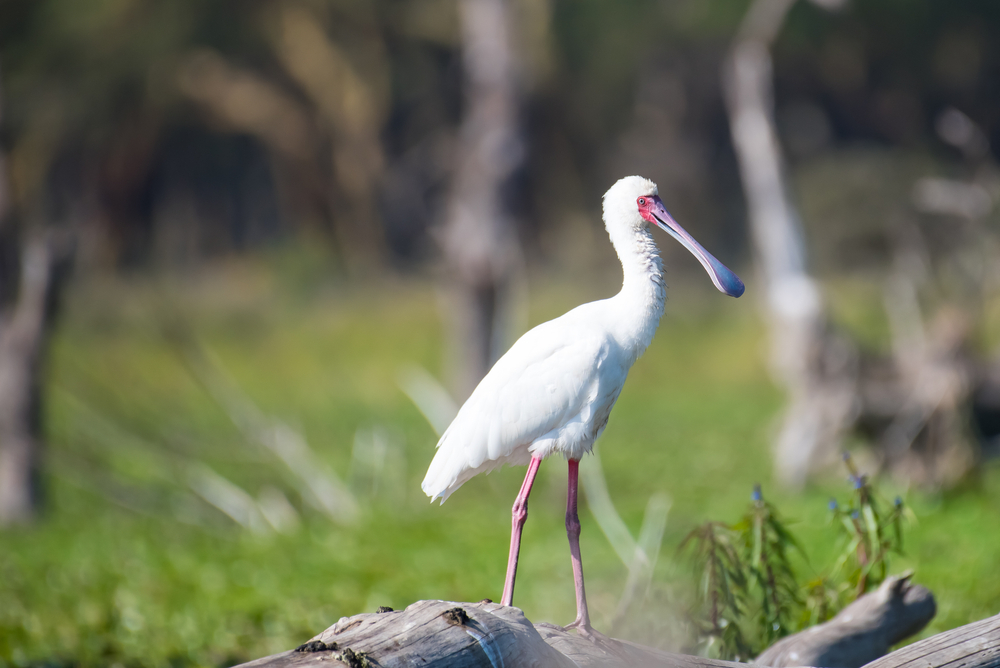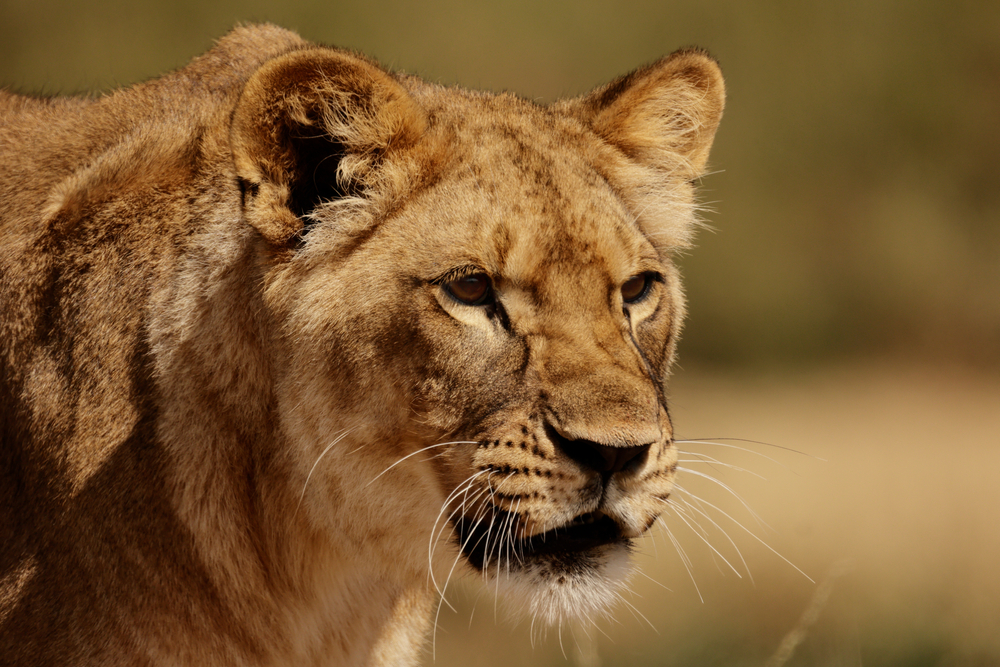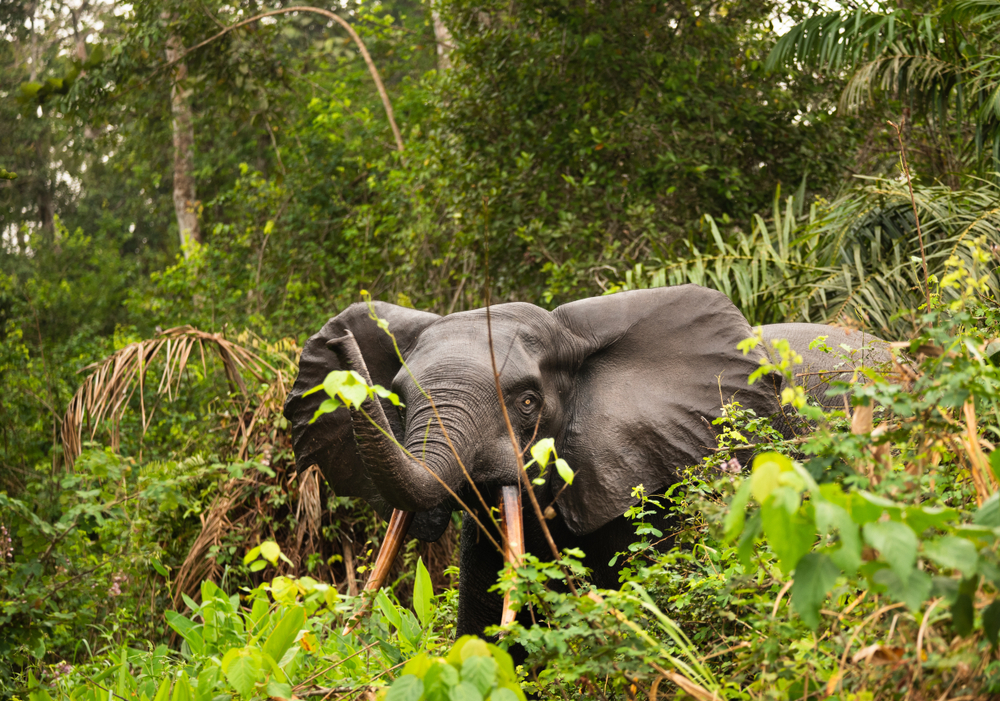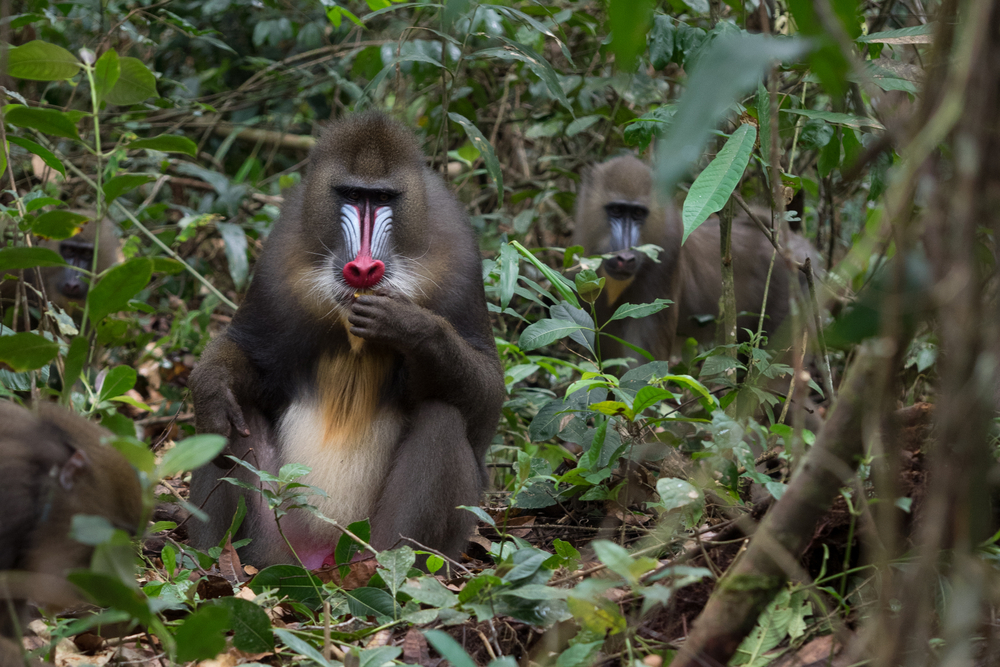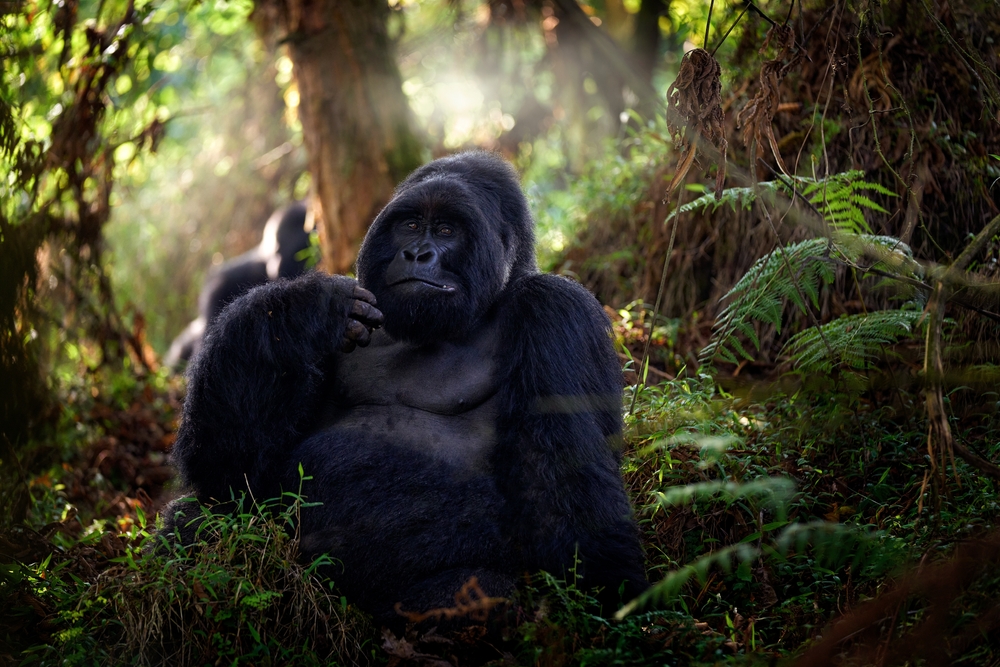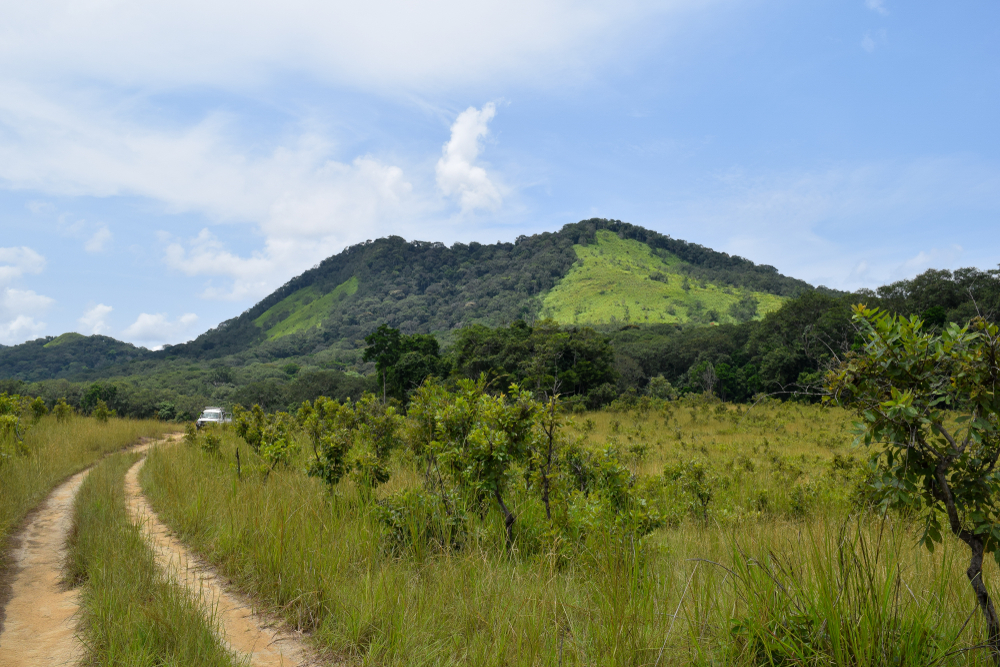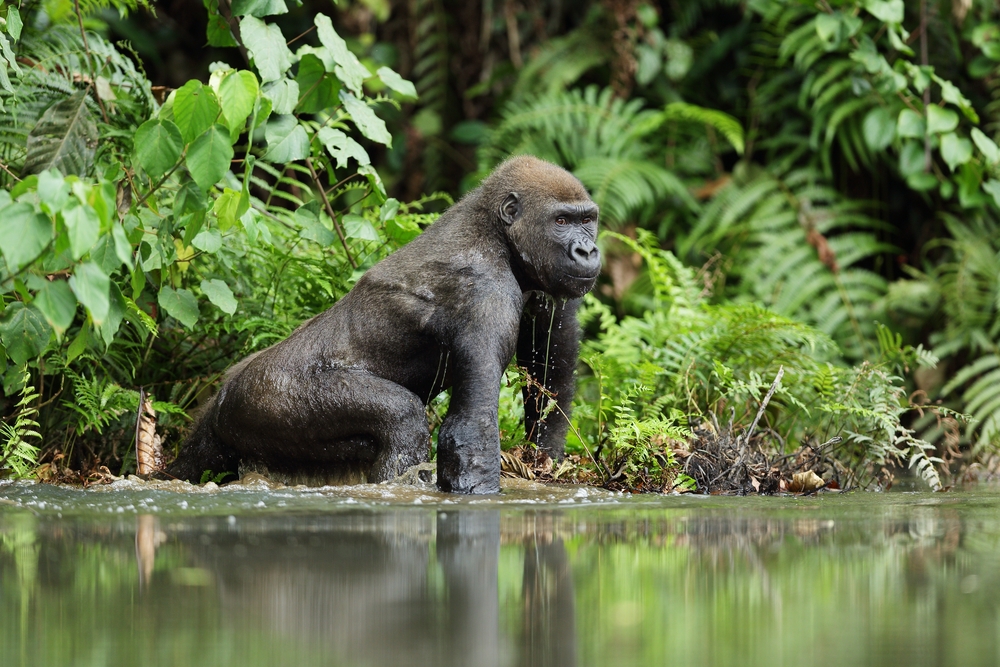Mayumba Overview
Mayumba National Park, locally known as “Parc National de Mayumba”, is one of Gabon’s most unique and vital protected areas. Situated along the southern coast of the country, this park spans approximately 900 square kilometers (347 square miles), with most of its area encompassing marine ecosystems and a smaller terrestrial portion. Renowned for its pristine beaches and critical role in marine conservation, Mayumba is a haven for wildlife, particularly marine species.
The park’s terrain is characterized by a narrow strip of sandy coastline bordered by lush tropical forests and the vast expanse of the Atlantic Ocean. Offshore, the park protects a significant portion of Gabon’s marine environment, including important breeding grounds for marine turtles and other aquatic life. The beaches of Mayumba are particularly famous for hosting one of the largest nesting populations of leatherback turtles in the world. Each year, thousands of these endangered turtles come ashore to lay their eggs, making Mayumba a critical site for their survival.
Mayumba National Park also supports a variety of other wildlife. Its coastal forests and savannas are home to species like buffalo, elephants, and monkeys, while its marine habitats provide refuge for dolphins, whales, and an array of fish species. Migratory humpback whales can often be seen in the waters surrounding the park, adding to its allure as a destination for wildlife enthusiasts and eco-tourists.
Visitors to Mayumba National Park can enjoy a range of activities that highlight its natural beauty and biodiversity. Turtle watching during the nesting season is a particularly popular activity, offering an unforgettable experience of observing these ancient creatures in their natural habitat. Whale watching is another major draw, as the park’s waters are frequented by humpback whales during their migration. Guided tours of the coastal forests and savannas provide opportunities to explore the park’s terrestrial ecosystems and encounter its diverse wildlife.
Despite its ecological significance, Mayumba National Park faces several conservation challenges. Overfishing, illegal logging, and pollution pose threats to its fragile ecosystems. The park’s marine habitats, in particular, are vulnerable to unsustainable fishing practices and climate change, which can disrupt the delicate balance of its biodiversity. However, conservation efforts led by Gabon’s National Parks Agency, in partnership with international organizations, are addressing these issues. Initiatives include anti-poaching patrols, sustainable fishing programs, and community outreach to promote conservation awareness.
Mayumba National Park is a shining example of Gabon’s commitment to protecting its natural heritage. By safeguarding critical marine and coastal ecosystems, the park not only preserves biodiversity but also supports sustainable livelihoods for local communities through eco-tourism. Continued conservation efforts and global collaboration are essential to ensure that Mayumba remains a sanctuary for its extraordinary wildlife and a source of wonder for visitors.








































































